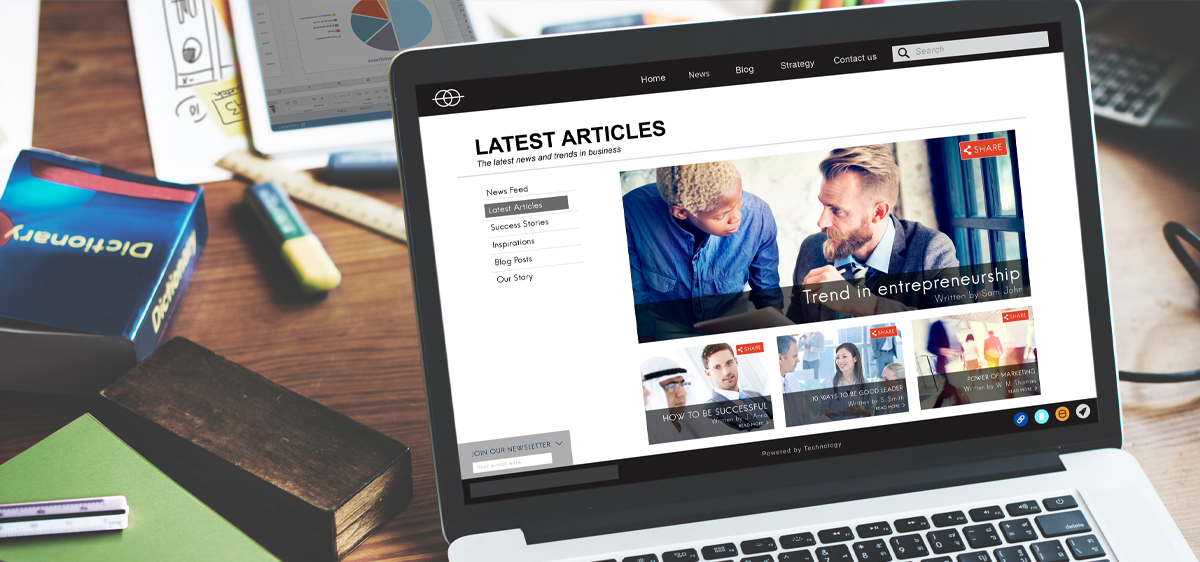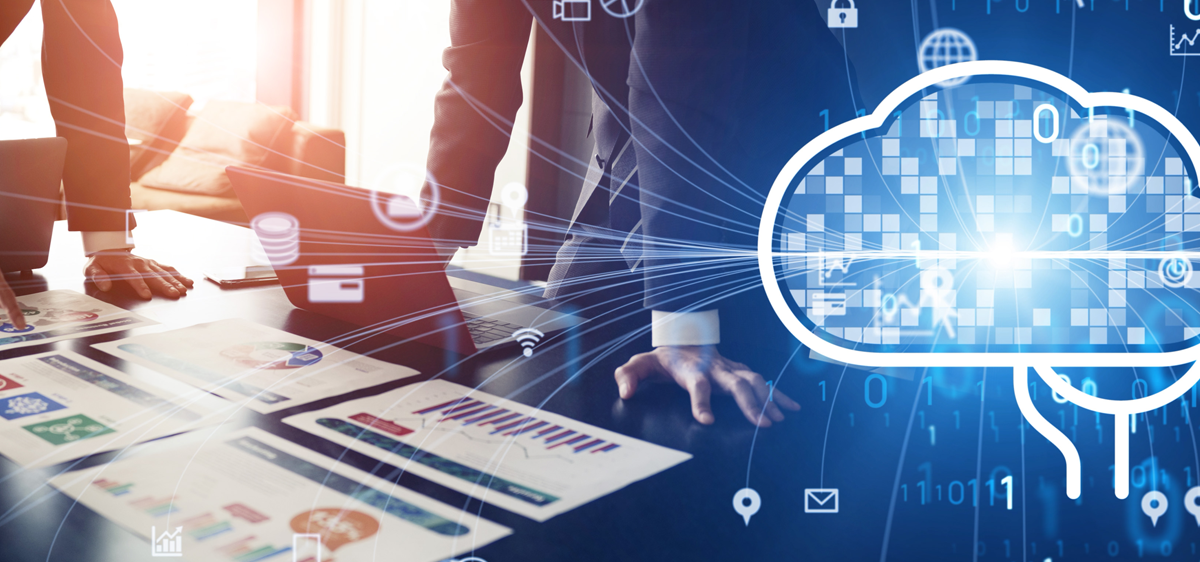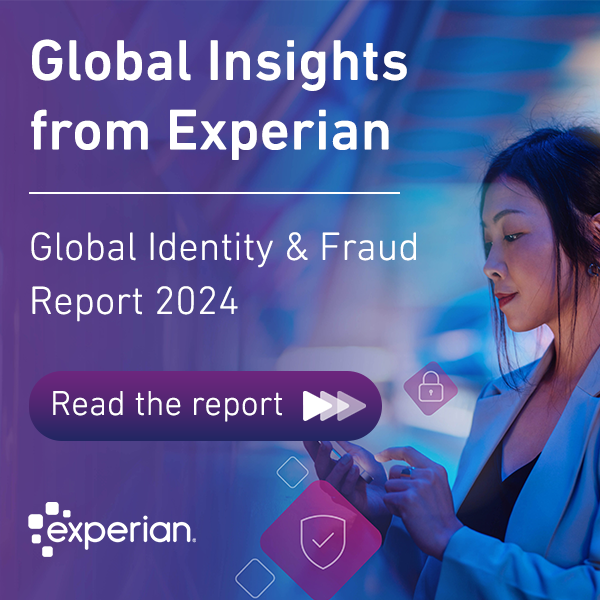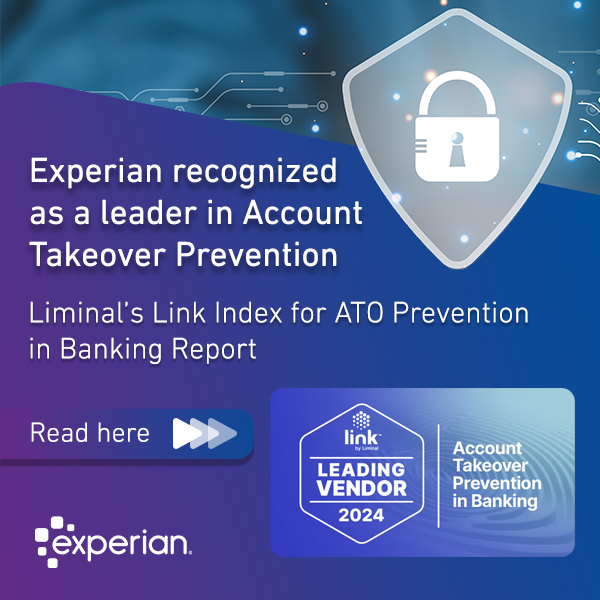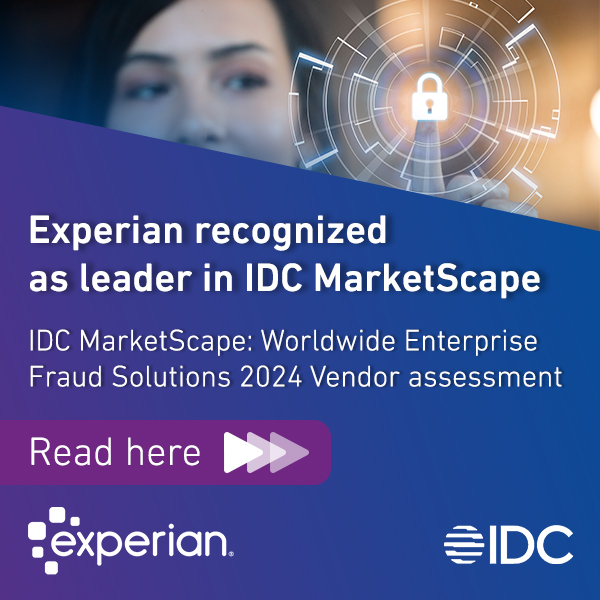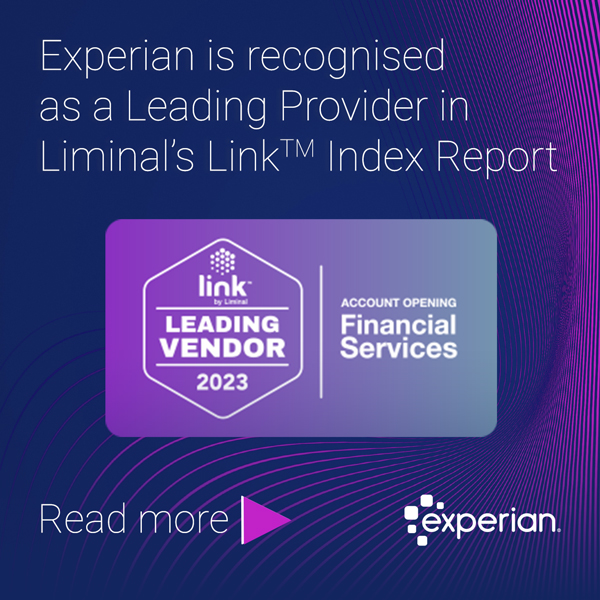In a recent interview, I had the opportunity to talk to Chris Preimesberger of eWeek about the latest Global Identity and Fraud Report. We discussed some of the business challenges executives face in the increasingly complex space around fraud mitigation while reflecting on how and why the pandemic has shifted the fraud landscape.
Market movement – more of us were online than ever before
With so many of us at home during the pandemic, access to digital services and the purchasing of goods online increased dramatically. According to our research, businesses responded by investing in supporting services to accommodate the increase in traffic. We saw a lot of action from businesses around how to improve the customer experience while getting a better understanding of who the customers are and how to get their online problems resolved.
Our January research wave showed that with all this investment into customer experience and enablement, there were some key areas of investment. Analytics – the use of automation and AI to help make smoother, better decisions for customers – ranked highly in business priorities, but this approach does not exist in isolation. Businesses are also doubling down on support staff to ensure that consumers have a way, if there’s an anomaly in the process, to be able to respond. Whether that’s password resets or call centre staffing, there’s a desire and there’s an intention by businesses to increase staff on digital support.
A shifting sense of recognition
We also surveyed consumers on their preference for passwords versus other security methods. Security remains the top consideration for consumers when online, above others such as convenience, but interestingly, for the first time in four years password protection did not appear in the top three preferred security methods, favoring instead a more friction-less approach to authentication. This shift in consumer attitudes towards what we call invisible security paves the way for businesses to start to adopt more sophisticated or nuanced approaches to authentication and security. They can start to leverage behavioral analytics or device intelligence recognition without intruding on the user experience.
Normalizing biometrics and the importance of a layered approach
Customer attitudes around traditional biometrics are very positive – it’s one of the top-rated preferred security methods thanks to the providers that have popularised it through the mobile devices we all use every day.
However, the challenge with pure biometrics is always at the point of enrolment – how do you ensure that the right person is assigning their biometric to a device? This is why a layered approach to security that incorporates traditional identity verification or authentication processes along with more advanced technical elements like behavioral analytics, device intelligence, network access, and transactional context is so important. For example, “Is this device associated with David’s account? Is this actually David or a bot? How does David hold his phone?” This includes layers of security that are considered privacy-safe, and may not even require traditional identity data but have anonymous attributes that can be associated with how someone interacts.
This will be pivotal in allowing businesses to enable a more comprehensive, pliable, and flexible approach to security rather than relying on rigid but easily broken mechanisms that we’ve been using for a long time.
Why the types of fraud will change as the world seeks normality
Over the last year, fraudsters focused their energies on stimulus funding and many other forms of low-hanging fruit that they could easily go after, pulling back from their activities in traditional financial services or e-commerce. As the pandemic eases off in many parts of the world, fraudsters are likely to increase their activity in these areas once again as stimulus programs close down, and as consumers increase their spending. Fortunately, we found that more than half of businesses will continue to invest in fraud prevention solutions over the coming year.
Fraud trends to watch in 2021
As we look at the direction in which fraud is moving, we know there is an increase in several types of fraud as we navigate what is becoming the post-pandemic world of 2021.
Account takeover fraud is set to be on the rise again this year. This is when stolen credentials are used to gain access to systems.
Account origination or new account opening fraud will also be on the increase, where fraudsters use stolen identities to create brand new accounts, including a rise in synthetic identity fraud.
Card not present online transactions is something we will see in huge volumes given the explosion of online traffic over the last year, which will undoubtedly include an increased volume of fraudulent transactions.
Stay in the know with our latest insights:





